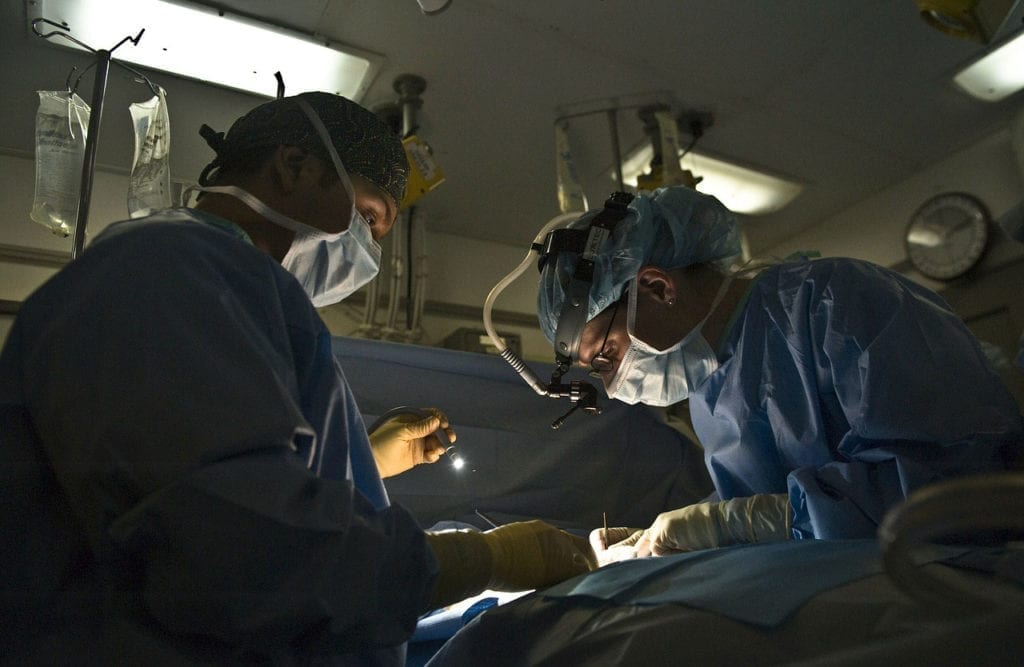According to a story from kwqc.com, pediatric nurse Allee Mullen was devastated when her developing child was diagnosed with spina bifida, a rare and potentially debilitating birth defect. In order to treat it, she underwent the in-utero surgery to correct the condition. This is the first time that such an operation was performed at the University of Pittsburgh Medical Center Magee Women’s Hospital. While this procedure is not possible in all cases, Allee’s operation proceeded smoothly.
About Spina Bifida
Spina bifida is a birth defect in which the back bone does not fully close around the spinal cord. The area most typically affected is the lower back, but it can also appear along the mid back or neck. There are several different types which vary in their severity. The defect has been linked to a combination of environmental and genetic factors. Some risk factors include family history, folic acid deficiency during the pregnancy, diabetes, obesity, using antiseizure medication, white or hispanic descent, and alcohol consumption. Girls are more susceptible than boys. Symptoms range widely in severity but can include poor walking or inability to walk, abnormal eye movement, leg weakness or paralysis, club foot, scoliosis, skin conditions, poor kidney function, and incontinence. Some patients may have neurological abnormalities or learning disabilities. Treatment typically involves surgery. To learn more about spina bifida, click here.
In-Utero Surgery for Spina Bifida
In most spina bifida cases, the disease is treated with surgery following the birth of the baby. This approach generally gives good outcomes and is the safest. However, a growing body of evidence indicates that in-utero surgery, an operation that takes place before the patient is born, can produce even more favorable outcomes. However, this approach carries greater risks such as scarring of the uterus or preterm birth. Therefore, it is typically only recommended in certain cases where the circumstances are more favorable. Allee was one such case. The circumstances that made Allee a candidate for the in-utero surgery included the positioning of the baby and Allee’s overall health
The operation was performed by Dr. Stephen Emery and pediatric neurosurgeon Stephanie Greene. Two months after the surgery, Allee gave birth to her baby. The sight of the young child’s legs kicking and toes curling were positive indicators of healthy nerve function, meaning that the surgery was a major success. Allee named her child Emery Greene to honor the surgeon that played such a vital role in the operation.








